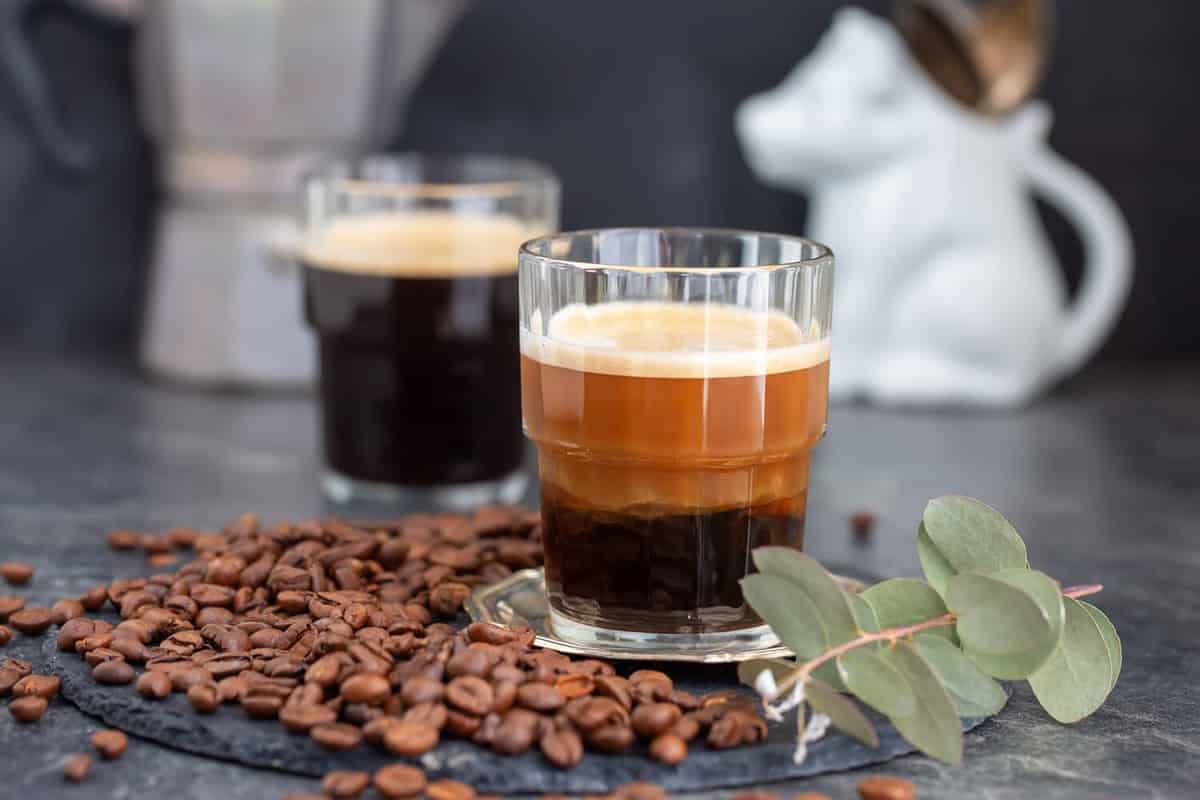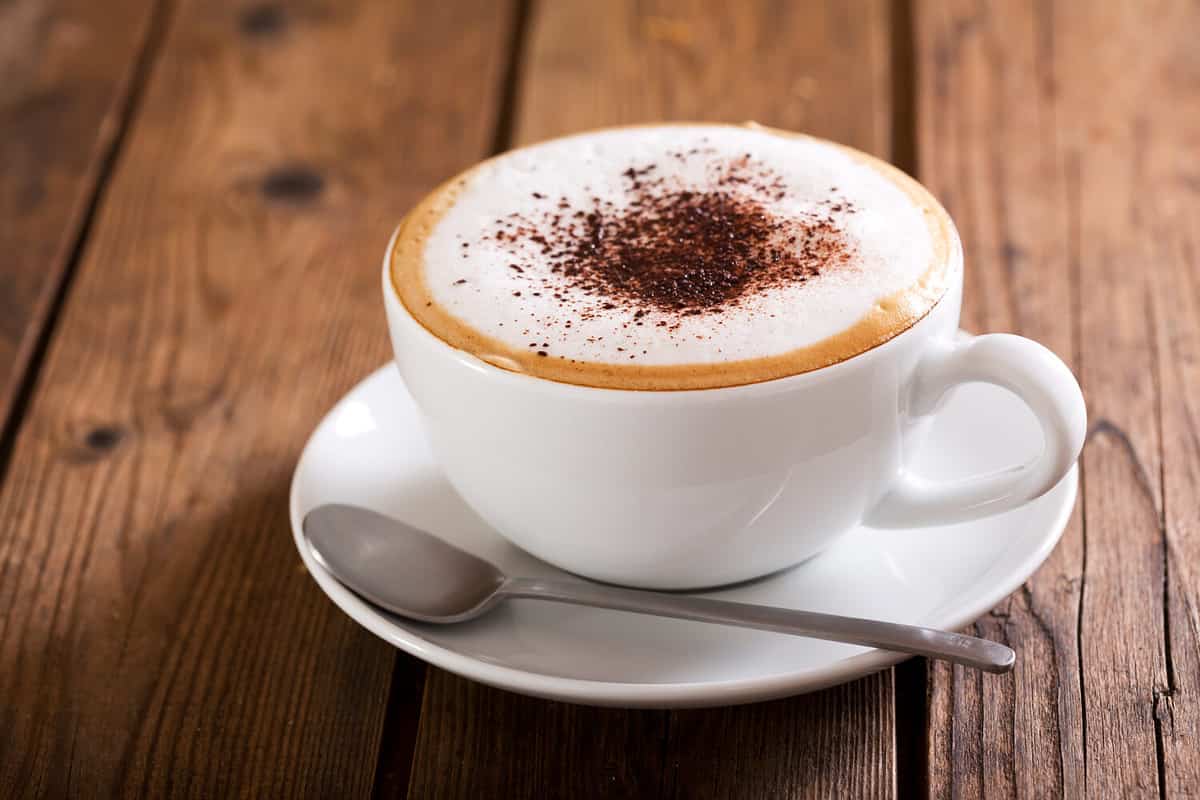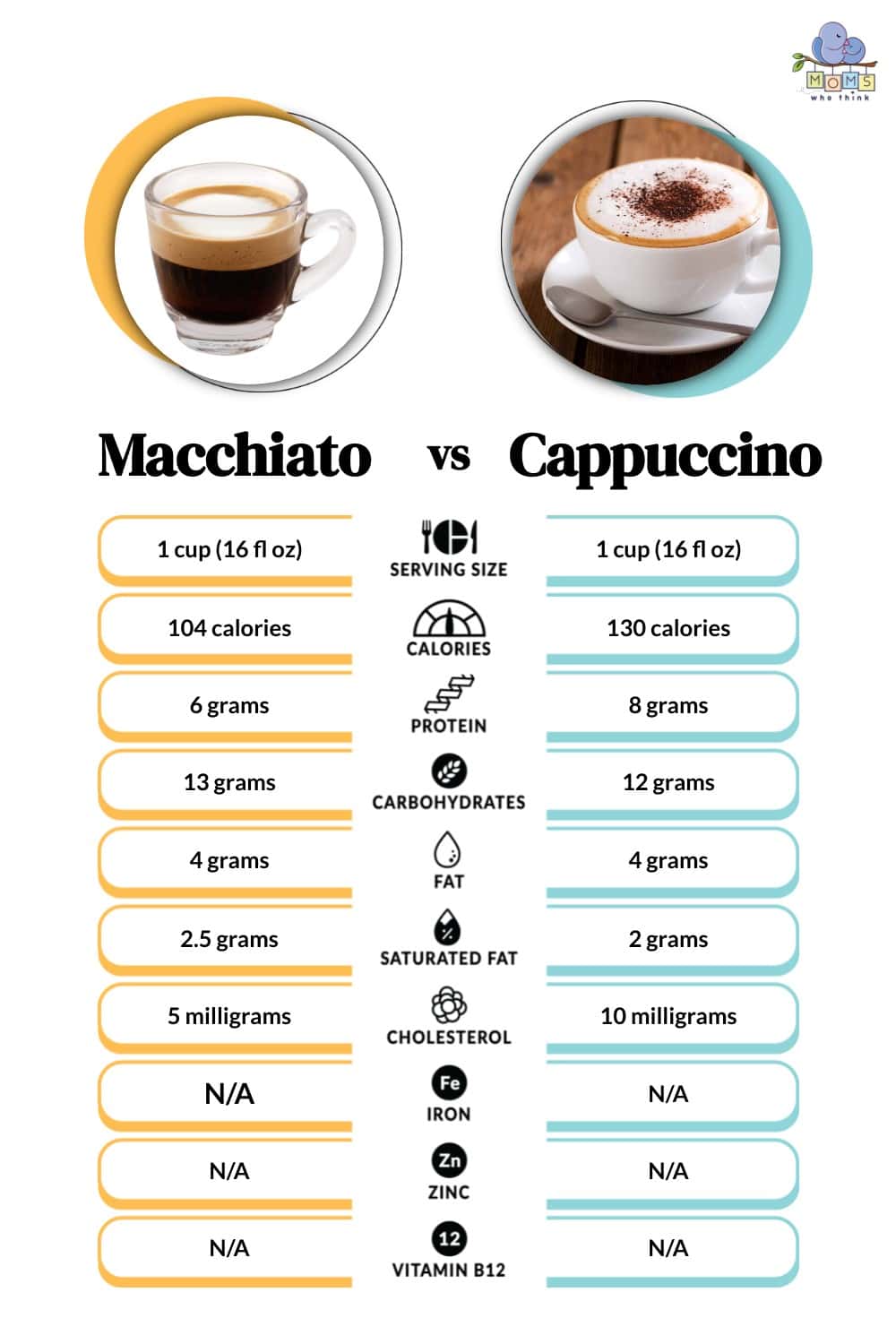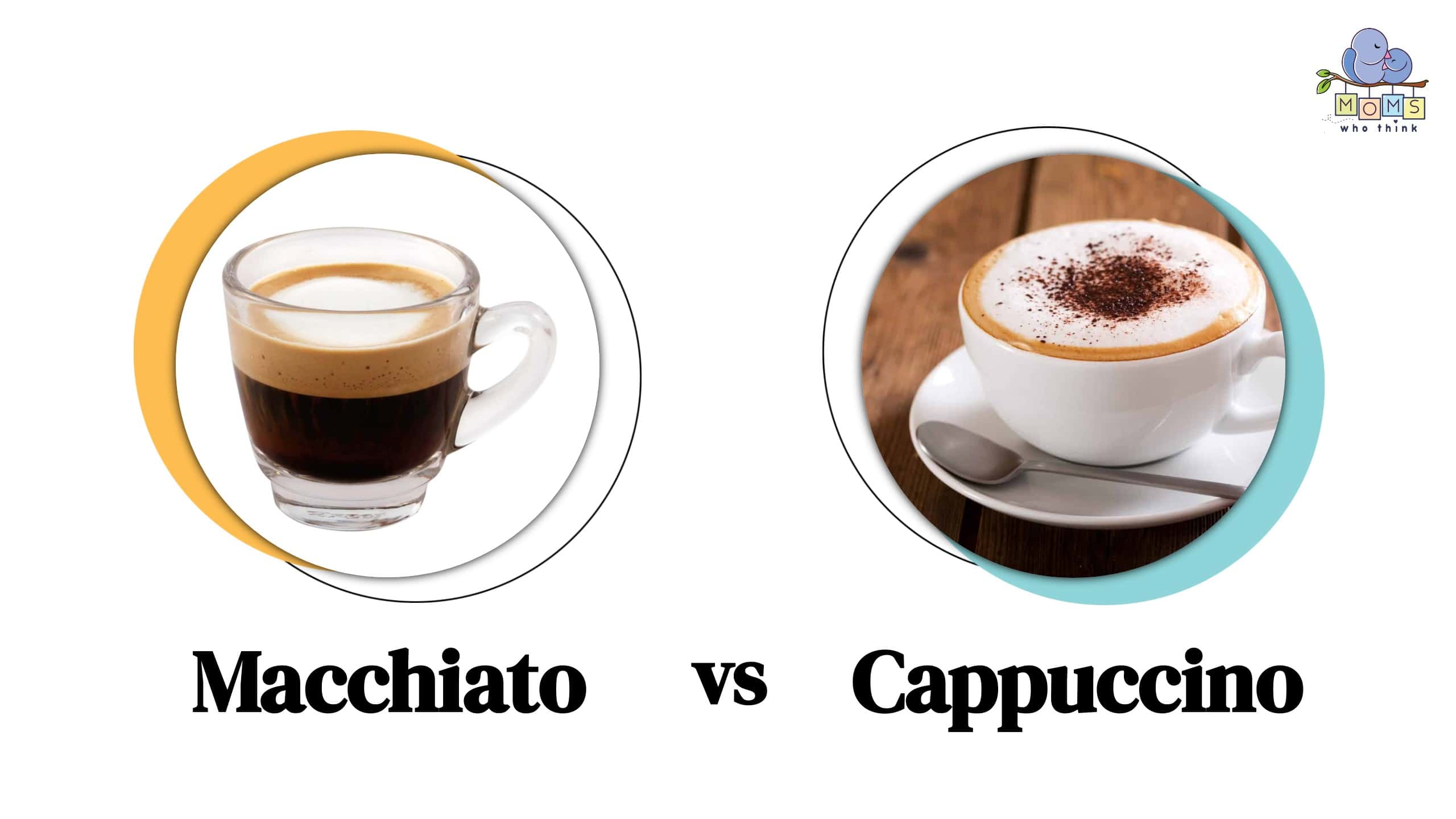Coffee is one of the most popular drinks worldwide. It's not surprising, considering the stimulating effects caffeine has on us. It can make us feel like we can climb Mt. Everest without experience and help us stay up to pull an all-nighter writing a term paper. Likewise, tired parents everywhere rely on caffeine to get them through the day. It is also a versatile drink, with many different ways to enjoy it! There's typical black coffee, americano, latte, and more. For this article, we will explore the difference between macchiato and cappuccino.
Both of these caffeinated drinks are delicious in their own right. While they may look similar, there are differences in their flavor, preparation methods, and ingredients that set them apart.
What is Macchiato?
To understand what a macchiato and a cappuccino are, we must first know what an espresso shot is. To make an espresso shot, very hot water is pushed through coffee beans that have been finely ground up. An espresso shot is great on its own and has around 50-60 mg of caffeine. Espresso shots are also great for quickly making another coffee drink like a latte or a macchiato.
A macchiato is relatively smaller than a typical cup of coffee. It is around three to four ounces. A macchiato is unique because it is one espresso shot and a milk splash.
The traditional macchiato and the macchiato latte are the two different macchiato drinks. For the traditional macchiato, the flavor is quite strong. It is a shot of espresso and milk, after all. It is also smooth and has a soft texture.
On the other hand, the latte macchiato has a slightly different flavor. This drink also has foam, along with steamed milk. The espresso shot is on the top of the drink instead of the bottom. Therefore, the espresso flavor gives a kick!

A macchiato is between three to four ounces. It has one or two espresso shots and a splash of steamed milk!
©BarthFotografie/Shutterstock.com
What is Cappuccino?
Like the macchiato, a cappuccino also has milk and espresso. However, the ratio and the preparation methods are slightly different.
To make a cappuccino, the first step is to pour one or two espresso shots into the cup. Secondly, steamed milk is poured into the drink. The foam from the steamed milk needs to be held back with a spoon to pour the steamed milk into the cappuccino. After all the steamed milk is in the drink, the foam left will be scooped onto the top of the cappuccino drink.
While a macchiato is just a splash of milk with espresso, the ratio of a cappuccino is quite different. In fact, the ratio is one-to-one-one. This means if a cup has 1/4 cup of espresso, then the steamed milk and frothed foam will also be 1/4 cup.
The star of the show when it comes to a cappuccino is the espresso flavor. The ratio of milk to espresso is even, giving the espresso more room to radiate. Furthermore, the texture of a cappuccino is silky and light. The frothed foam adds a thickness to it that is just right.
The Layering Effect of the Cappuccino Sets it Apart
One of the main characteristics of a cappuccino is the layers. The ingredients do not mix together at first. Instead, they sit on top of one another. This allows the espresso flavor to burst through the cappuccino as a person drinks it.
A quick fun fact about a cappuccino is that its name connects to a monk's robe! The popularity of the cappuccino rose at a Viennese coffee house. During this time, the name cappuccio was given to this drink. The reason was that the cappuccino's color matched the capuchin monks robe, and the word cappuccio means hood. The cappuccino became more popular in the 1900s when the espresso machine was invented.

A cappuccino has the same ingredients as a macchiato. However, the ratio of milk to espresso is different, and frothed foam is added on top.
©Nitr/Shutterstock.com
Macchiato vs. Cappuccino: Ingredient, Taste, and Calorie Differences
Although these two drinks have similar ingredients and caffeine, there are a few important differences. First, their ingredients and methods of preparation are different. Additionally, the flavors and textures vary slightly. Let's take a look at the differences in more depth below.
What are the Ingredient Differences Between Macchiato and Cappuccino?
While the ingredients don't vary much between a macchiato and cappuccino, there are a few slight differences. A macchiato has two espresso shots and is in a small cup, around three to four ounces. Then steamed milk is poured into the cup, which is usually hot, and the splash of milk is around one ounce.
A cappuccino also has one or two espresso shots. However, the milk-to-espresso ratio is one-to-one, making the drink larger than a typical macchiato. The steamed milk can also be cold or hot in a cappuccino drink. One additional ingredient stands out in a cappuccino, and that is the frothy foam that is on top of the drink.
How Much Caffeine is in the Two?
The amount of caffeine in a macchiato will depend upon the size of the drink. Typical espresso shots have between 50-60 mg of caffeine. Therefore, a small or medium-sized macchiato will have between 50 and 100 mg, while a larger one may have upwards of 130 mg.
A cappuccino also varies when it comes to its caffeine. A small or medium-sized cappuccino will have between 80 and 130 mg, while a larger cappuccino may have over 192 mg of caffeine.

A cappuccino can be a great treat to eat alongside a baked good like a croissant.
©Alie04/Shutterstock.com
Flavor Differences Between Macchiato and Cappuccino
A macchiato radiates espresso flavor because of the ratio of milk to espresso. Therefore, this drink has a very strong and somewhat bitter taste. The milk will add a bit of sweetness to it; however, if you enjoy your coffee on the sweet side, a macchiato may not be your drink!
The espresso flavor is also very intense in a cappuccino. While the ratio of milk and espresso gives this drink an edge on sweetness and milkiness, the espresso still shines through. Therefore, if you enjoy your coffee strong and intense with a very telling coffee flavor present, either drink is worth a try!
The Nutrient and Calorie Comparison
Since the macchiato is a smaller drinker, it carries fewer calories. In fact, in one macchiato drink that is two ounces, there are around 13 calories. On the other hand, in the average size 16-ounce cappuccino drink there are around 130 calories.
Both of these drinks contain protein, fat, and carbs. A macchiato has a small amount of protein, around 0.7 grams, and 0.5 grams of fat. A small amount of carbs is coming in, around 1.6 grams.
On the other hand, a cappuccino has around eight grams of protein, 13 grams of carbohydrates, and five grams of fat.
Look at the nutrient comparison chart below for a quick look at the similarities and differences.

One Last Note
Coffee is a very popular drink that many people enjoy worldwide. In the United States alone, seven in ten people drink coffee at least once weekly. For the average coffee drinker, once a week isn't quite enough. They drink over three cups of coffee a day! The FDA has stated that up to 400 mg of caffeine daily is typically safe to consume if you are a healthy adult.
Therefore, enjoy those delicious coffees and that extra energy boost. Do you love the strong and intense espresso flavor that a macchiato and cappuccino provides? Or would you instead take a little bit of coffee in your creamer?

